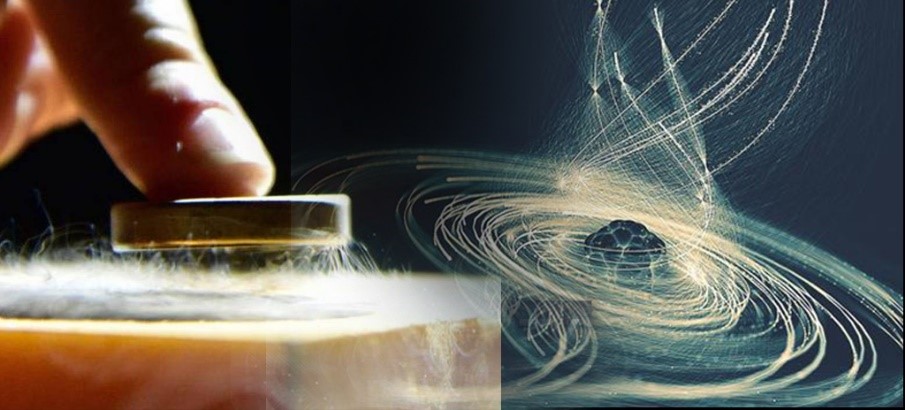





Disclaimer: Copyright infringement not intended.
Context
Superconductivity
Recent Research
Why is it important?
Final Thoughts
|
MAINS PRACTICE QUESTION Q. The deployment of the technology of room temperature superconductors at atmospheric pressure would accelerate the electrification of our world for its sustainable development. What is the future of superconductivity? Elucidate. |






© 2025 iasgyan. All right reserved